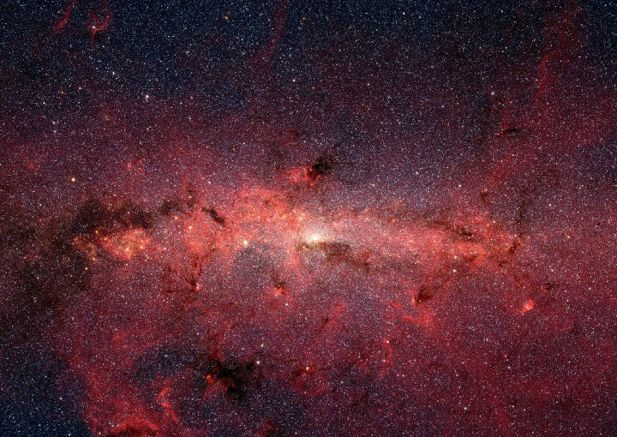
Scientists have succeeded in dating some of the oldest stars in the galaxy with unprecedented precision by combining data from the stars’ oscillations with information about their chemical composition.
The team, led by researchers at the University of Birmingham, surveyed around 100 red giant stars, and were able to determine that some of these were originally part of a satellite galaxy called Gaia-Enceladus, which collided with the Milky Way early in its history.
The results, published in Nature Astronomy, revealed that the group of stars surveyed all have similar ages, or are slightly younger than the majority of the stars known to have started their lives within the Milky Way...
Read More






Recent Comments